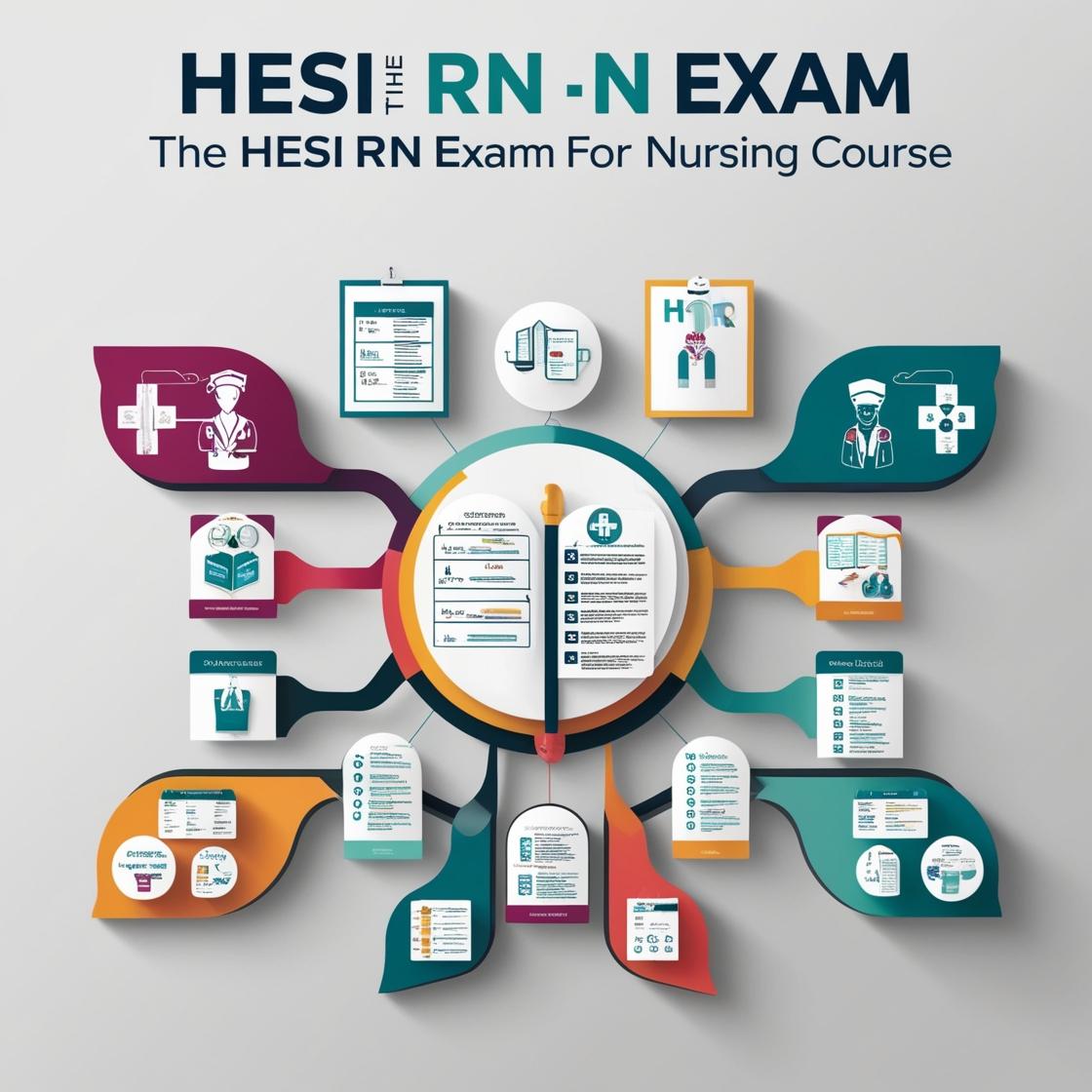HESI RN
Leadership HESI Quizlet
1. The client with hyperparathyroidism is being taught about dietary management. Which of the following foods should the client avoid?
- A. Bananas
- B. Spinach
- C. Milk
- D. Processed meats
Correct answer: C
Rationale: Clients with hyperparathyroidism should avoid high-calcium foods like milk because they already have elevated calcium levels. Bananas and spinach are not high in calcium and can be included in the diet. Processed meats are not specifically contraindicated in hyperparathyroidism, so they are not the correct answer.
2. A client with hyperthyroidism is prescribed propranolol. The nurse explains that this medication is used to:
- A. Increase thyroid hormone production
- B. Decrease thyroid hormone production
- C. Relieve symptoms such as tachycardia and anxiety
- D. Prevent weight loss
Correct answer: C
Rationale: Propranolol is a beta-blocker that works by blocking the effects of adrenaline, which helps to reduce symptoms such as tachycardia (fast heart rate) and anxiety in individuals with hyperthyroidism. Choices A and B are incorrect because propranolol does not affect thyroid hormone production; it only addresses symptoms. Choice D is incorrect because propranolol does not prevent weight loss associated with hyperthyroidism.
3. Which of the following traits is characteristic of a caring leader?
- A. A caring leader serves first and leads second.
- B. A caring leader is aware of the feelings of others.
- C. The traits of a caring leader include respecting coworkers as individuals and empathizing with the needs and concerns of others.
- D. A caring leader is fair and honest.
Correct answer: C
Rationale: A caring leader is characterized by respecting coworkers as individuals and empathizing with their needs and concerns. Choice A is more about servant leadership rather than specifically about caring leadership. Choice B, while related to empathy, does not encompass the full spectrum of traits associated with a caring leader. Choice D, being fair and honest, is important in leadership but does not solely define a caring leader.
4. The nurse is caring for a client with congestive heart failure. On assessment, the nurse notes that the client is dyspneic and that crackles are audible on auscultation. The nurse suspects excess fluid volume. What additional signs would the nurse expect to note in this client if excess fluid volume is present?
- A. Weight loss
- B. Flat neck and hand veins
- C. An increase in blood pressure
- D. A decreased central venous pressure (CVP)
Correct answer: C
Rationale: An increase in blood pressure is a common sign of fluid volume excess in clients with congestive heart failure due to the increased amount of fluid in the vascular system. Weight loss (Choice A) is not typically associated with fluid volume excess. Flat neck and hand veins (Choice B) are signs of fluid volume deficit, not excess. A decreased central venous pressure (CVP) (Choice D) is not expected in a client with fluid volume excess.
5. The client has been diagnosed with primary aldosteronism. Which of the following clinical findings would the nurse expect?
- A. Hyperkalemia
- B. Hypokalemia
- C. Hyponatremia
- D. Hypercalcemia
Correct answer: B
Rationale: Primary aldosteronism involves the overproduction of aldosterone by the adrenal glands. Aldosterone increases potassium excretion, leading to hypokalemia. Therefore, in primary aldosteronism, the nurse would expect to find hypokalemia, not hyperkalemia (choice A), hyponatremia (choice C), or hypercalcemia (choice D).
Similar Questions

Access More Features
HESI RN Basic
$89/ 30 days
- 50,000 Questions with answers
- All HESI courses Coverage
- 30 days access @ $89
HESI RN Premium
$149.99/ 90 days
- 50,000 Questions with answers
- All HESI courses Coverage
- 30 days access @ $149.99
